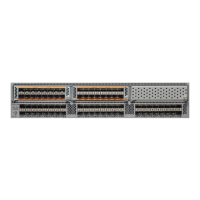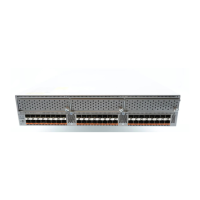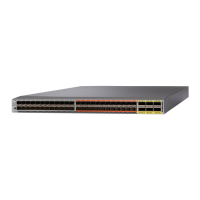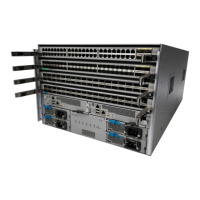Table 17: File System Syntax Components
DescriptionModuleFile System Name
Internal CompactFlash memory
located on the active supervisor
module used for storing image
files, configuration files, and other
miscellaneous files. The initial
default directory is bootflash.
sup-active
sup-local
bootflash
Internal CompactFlash memory
located on the standby supervisor
module used for storing image
files, configuration files, and other
miscellaneous files.
sup-standby
sup-remote
Volatile random-access memory
(VRAM) located on a supervisor
module used for temporary or
pending changes.
—
volatile
Memory on the active supervisor
that stores logging file statistics.
—
log
Memory on a supervisor module
used for storing the
running-configuration file.
—
system
Memory on a supervisor module
used for debug logs.
—
debug
Directories
You can create directories on bootflash: and external flash memory (slot0:, usb1:, and usb2:). You can navigate
through these directories and use them for files.
Files
You create and access files on bootflash:. volatile:, slot0:, usb1:, and usb2: file systems. You can only access
files on the system: file systems. You can use the debug: file system for debug log files specified in the debug
logfile command.
You can download files, such as system image files, from remote servers using FTP, Secure Copy (SCP),
Secure Shell FTP (SFTP), and TFTP. You can also copy files from an external server to the device, because
the device can act as an SCP server.
Cisco Nexus 5500 Series NX-OS Fundamentals Configuration Guide, Release 7.x
106 OL-30890-01
Using the Device File Systems, Directories, and Files
Directories
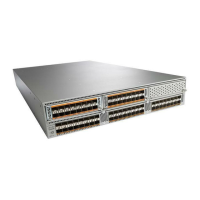
